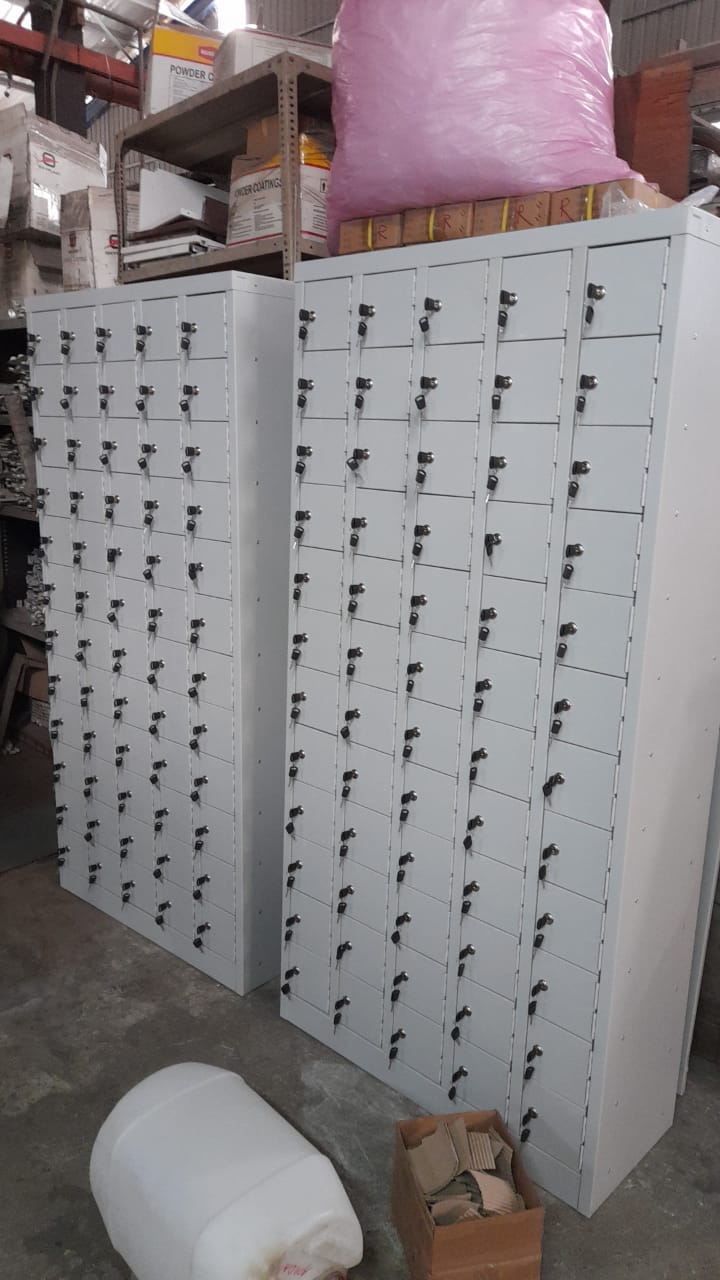Organizations often set up guidelines, policies, and controls to limit cell phone usage and minimize disturbances caused by cell phones in professional environments. These measures aim to strike a balance between employee accessibility and productivity while maintaining workplace discipline. Here’s a detailed analysis of this tendency and the associated controls:
1. Reasons Behind Limiting Cell Phone Usage
1.1 Productivity
- Distraction: Cell phones are a major source of distraction, leading to reduced focus on tasks. Social media, messaging apps, and games can significantly detract from work efficiency.
- Time Management: Excessive cell phone use can consume time that should be spent on organizational tasks.
1.2 Security and Confidentiality
- Data Breaches: Unauthorized usage of personal cell phones can lead to data breaches if employees share sensitive information.
- Recording Risks: Cell phones with recording capabilities might pose risks in environments dealing with proprietary information.
1.3 Workplace Culture
- Professionalism: Constant cell phone use may project unprofessional behavior to clients, coworkers, and management.
- Workplace Harmony: Excessive use may disturb colleagues, particularly in shared spaces or during meetings.
2. Typical Controls Implemented
2.1 Policy Development
- Clear Usage Guidelines: Organizations often create policies specifying acceptable and unacceptable cell phone usage during work hours.
- Examples include restricting usage to break times or prohibiting it in specific areas like meetings or production floors.
- By Role or Department: Some roles, such as customer-facing jobs, may have stricter limitations.
2.2 Technological Restrictions
- Network Access Control: Blocking access to social media or entertainment websites on company Wi-Fi.
- Signal Jamming: In sensitive environments, signal jamming devices are sometimes deployed (though legal and ethical concerns must be addressed).
- Device Lockers: Encouraging employees to store personal devices in lockers during working hours.
2.3 Behavioral and Environmental Changes
- Dedicated Zones: Establishing “cell phone-free zones” or “quiet zones” in workplaces to ensure minimal disturbance.
- Incentives for Compliance: Providing rewards for adhering to policies can positively reinforce good behavior.
- Awareness Campaigns: Conducting workshops to educate employees about the impact of cell phone distractions.
2.4 Enforcement Mechanisms
- Monitoring: Supervisors may monitor adherence to cell phone policies.
- Penalties: Repeated violations can result in warnings or more severe disciplinary action.
3. Challenges and Considerations
3.1 Employee Resistance
- Employees may perceive these controls as overly restrictive or intrusive.
- Open communication about the rationale behind policies can help mitigate resistance.
3.2 Balancing Flexibility and Discipline
- Overly rigid policies might lower employee morale.
- Allowing limited usage for personal emergencies or during breaks can maintain employee satisfaction.
3.3 Evolving Technology
- The rapid development of smartphones and wearable devices may necessitate ongoing updates to policies.
4. Long-Term Impact
- Improved Focus: Reduced distractions can enhance individual productivity and team efficiency.
- Better Work Environment: A focus-driven workplace with minimal interruptions fosters professionalism.
- Potential Downsides: Excessive restrictions might alienate employees, leading to dissatisfaction or higher turnover rates.
In conclusion, an organization’s approach to limiting cell phone usage reflects its priorities in productivity, professionalism, and confidentiality. Effective implementation of these controls requires balancing strictness with understanding, ensuring that policies are fair, reasonable, and communicated transparently to employees.
